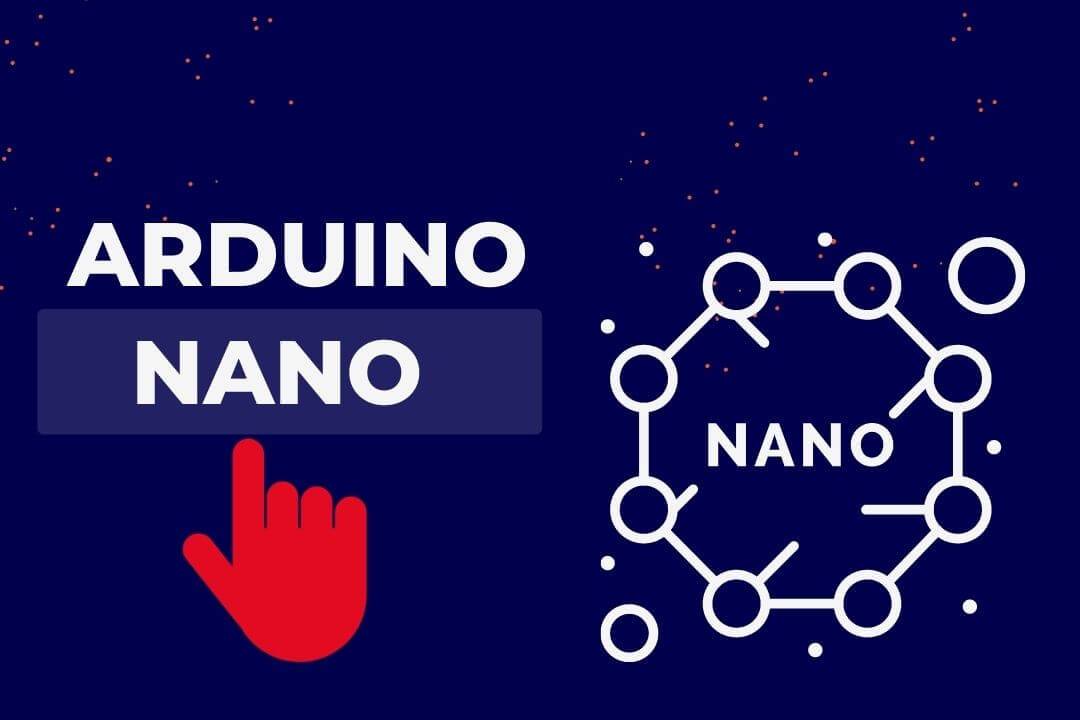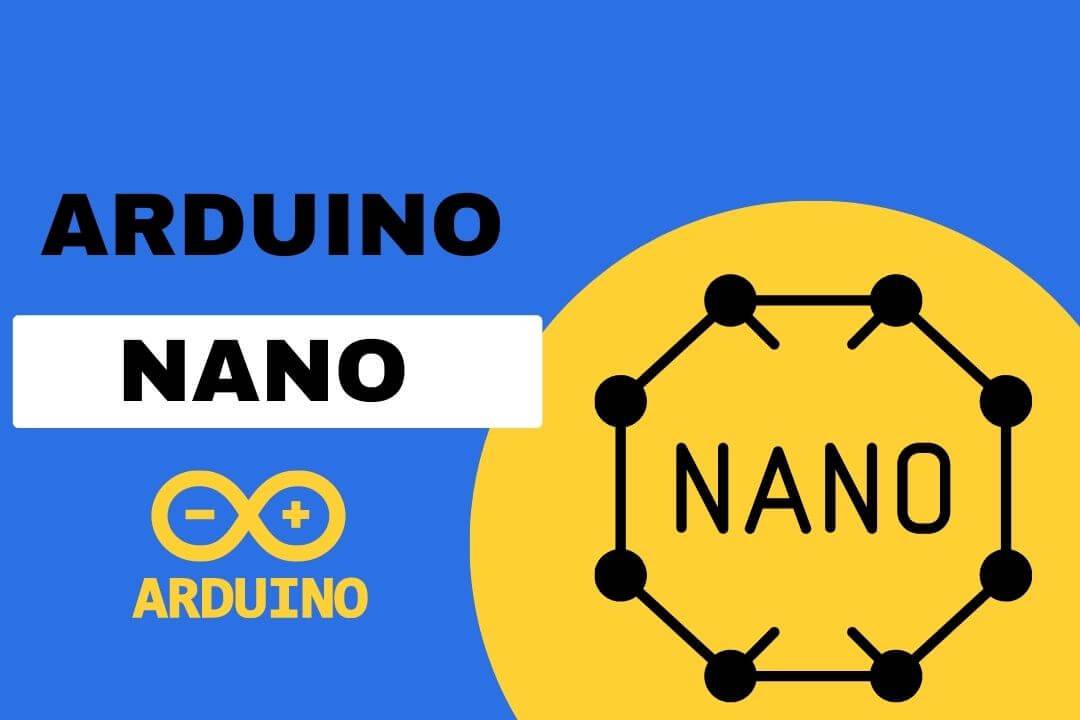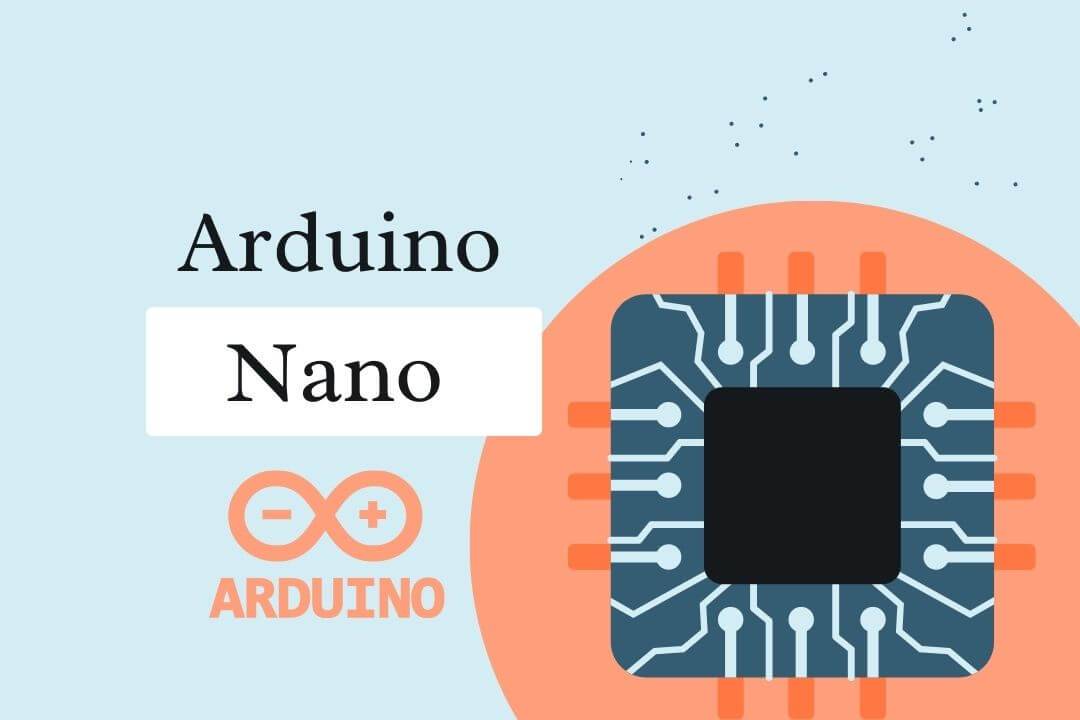Introduction to Arduino Nano

Welcome to our comprehensive guide on powering Arduino Nano! This article will delve into the essential aspects of providing optimal power supply to your Arduino Nano board, ensuring its smooth operation and unlocking its full potential.
Understanding the powering requirements and selecting the right power supply are crucial steps in any Arduino project, and we’re here to guide you through the process.
Understanding the Powering Requirements of Arduino Nano
Before we dive into the various powering options and best practices, it’s important to clearly understand the powering requirements specific to Arduino Nano.
The Arduino Nano board typically operates at a voltage of 5V, requiring a stable and reliable power source to function effectively.
Arduino Nano draws power from an external power supply, such as a USB connection or a dedicated power source.
It’s important to consider the current requirements of your specific project to ensure a sufficient power supply is provided.
Choosing the Right Power Supply for Arduino Nano

Selecting the appropriate power supply for your Arduino Nano is crucial for its reliable operation. Here are some considerations when choosing a power supply:
Voltage Rating:
Arduino Nano requires a voltage of 5V. Therefore, the power supply you select should provide a stable 5V output.
Current Rating:
Take into account the current requirements of your project. Depending on the components and peripherals connected to your Arduino Nano, you must ensure the power supply can deliver enough current to meet the demands.
Power Supply Types:
There are various power supply options available for Arduino Nano. Let’s explore them in the next section.
Exploring Different Powering Options for Arduino Nano
Arduino Nano offers flexibility when it comes to powering options. Here are some commonly used methods:
USB Powering: Convenient and Versatile
The USB port is one of the easiest ways to power Arduino Nano. Connect your Arduino Nano board to a computer or a USB power source using a USB cable.
It provides convenience and versatility, allowing you to easily connect and power your Arduino Nano.
Battery Powering: Portable and Mobile Applications
Battery power is an excellent option for projects requiring portability or applications without access to a direct power source. Arduino Nano can be powered using AA or AAA cells, lithium-ion batteries, or rechargeable battery packs.
Ensure the battery voltage matches the 5V requirement of Arduino Nano and consider the battery capacity to meet your project’s runtime needs.
External Power Sources: Customizing Powering Solutions
External power sources can be utilized in scenarios without USB or battery power. These sources may include DC power adapters, wall adapters, or regulated power supplies.
You can customize the powering solution for your project requirements by selecting the appropriate voltage and current rating.
Best Practices for Powering Arduino Nano

To ensure optimal performance and longevity of your Arduino Nano, consider the following best practices for powering:
Power Efficiency: Maximizing Battery Life
Efficient power management is vital, especially when utilizing battery power. Implement power-saving techniques such as optimizing code, minimizing power-hungry peripherals, and utilizing sleep modes when possible. This helps conserve energy and prolongs battery life.
Overcurrent and Overvoltage Protection for Arduino Nano
To protect your Arduino Nano from potential damage due to overcurrent or overvoltage conditions, it’s recommended to incorporate protective measures.
Utilize suitable fuses, voltage regulators, or protective circuitry to safeguard your Arduino Nano against unexpected electrical fluctuations.
Heat Dissipation and Cooling Techniques for Efficient Powering
Arduino Nano, like any electronic component, generates heat during operation. Adequate heat dissipation is necessary to prevent overheating and ensure reliable performance.
Use heat sinks, fans, or proper enclosure designs to dissipate heat effectively and maintain a stable temperature.
Advanced Powering Techniques for Arduino Nano
You may explore alternative powering techniques beyond traditional methods for advanced projects or specific requirements. Here are a couple of advanced powering techniques for Arduino Nano:
Solar Powering: Harnessing Renewable Energy
Solar power can be an excellent choice if your project is located in an environment with access to sunlight. You can harness renewable energy to power your Arduino Nano by integrating solar panels and a charge controller.
This method is particularly useful for outdoor projects or remote locations with limited access to conventional power sources.
Power Management ICs: Enhancing Arduino Nano Performance
Power management integrated circuits (ICs) offer enhanced control and efficiency in power supply management.
These ICs provide features such as voltage regulation, current limiting, and power monitoring, allowing you to optimize power usage and extend battery life.
Incorporating a power management IC into your Arduino Nano setup can improve overall performance and power efficiency.
Powering Arduino Nano Wirelessly: Exploring Wireless Charging
Wireless charging is gaining popularity in various electronic devices, and Arduino Nano can also benefit from this technology.
By integrating wireless charging modules and receivers, you can power your Arduino Nano without needing physical connections. This method provides convenience and eliminates the hassle of constantly plugging and unplugging cables.
Conclusion: Unleashing the Full Potential of Arduino Nano through Optimal Powering
In conclusion, understanding and implementing the right powering techniques are crucial for unlocking the full potential of Arduino Nano.
By selecting the appropriate power supply, considering the powering options available, and following best practices, you can ensure reliable operation, maximize performance, and extend the lifespan of your Arduino Nano.
Choose a power supply matching your project’s voltage and current requirements. Take advantage of USB, battery, or external power sources, depending on your specific needs.
Implement advanced techniques such as solar powering or power management ICs for specialized projects. Finally, prioritize power efficiency, protect against overcurrent and overvoltage, and consider heat dissipation techniques for optimal performance.
By applying these insights and recommendations, you can power your Arduino Nano effectively, unleashing its true potential and enabling innovative projects.
Get creative, experiment, and enjoy the endless possibilities Arduino Nano offers!
Now that you have a comprehensive understanding of powering Arduino Nano, you can confidently embark on your projects, knowing you can provide the optimal power supply for your Arduino Nano board. Power up and let your creativity soar with Arduino Nano!
Frequently Asked Questions:
1. What are the powering requirements of Arduino Nano? Arduino Nano operates at a voltage of 5V and requires a stable and reliable power source to function effectively. It draws power from an external power supply, such as a USB connection or a dedicated power source.
It’s important to consider the current requirements of your specific project to ensure a sufficient power supply is provided.
2. How do I choose the right power supply for Arduino Nano? When choosing a power supply for Arduino Nano, consider the voltage rating, current rating, and power supply types.
The power supply should provide a stable 5V output to match the voltage requirement of Arduino Nano. Additionally, consider your project’s current requirements and select a power supply that can deliver enough current to meet the demands.
3. What are the different powering options for Arduino Nano? Arduino Nano offers various powering options, including USB, battery, and external power sources.
USB powering is convenient and versatile, allowing you to easily connect and power your Arduino Nano through a USB port. Battery powering is ideal for portable and mobile applications, while external power sources provide customization options using DC power adapters, wall adapters, or regulated power supplies.
4. How can I ensure power efficiency and protect my Arduino Nano? To maximize power efficiency and protect your Arduino Nano, consider implementing best practices such as power-saving techniques, overcurrent and overvoltage protection, and heat dissipation.
Optimize your code, minimize power-hungry peripherals, and utilize sleep modes to conserve energy and prolong battery life. Incorporate suitable fuses, voltage regulators, or protective circuitry to safeguard against electrical fluctuations. Employ heat sinks, fans, or proper enclosure designs to dissipate heat effectively and maintain a stable temperature.
5. Are there advanced powering techniques for Arduino Nano? Yes, there are advanced powering techniques available for Arduino Nano. Two examples include solar powering and power management ICs.
Solar powering harnesses renewable energy by integrating solar panels and a charge controller, making it suitable for outdoor or remote projects. Power management ICs offer enhanced control and efficiency in power supply management, allowing you to optimize power usage and extend battery life.
Additionally, wireless charging can be explored by integrating wireless charging modules and receivers, eliminating the need for physical connections.
Remember, proper power supply selection, adherence to best practices, and exploring advanced techniques will help you unleash the full potential of your Arduino Nano and enable innovative projects. Enjoy the possibilities and let your creativity soar with Arduino Nano!
